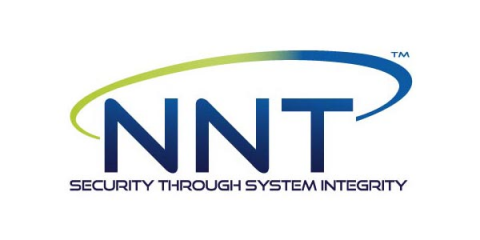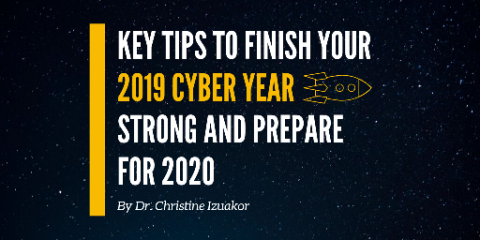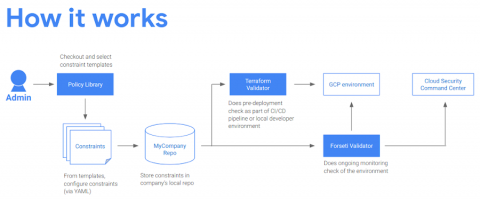CafePress Faces Class-Action Lawsuit Following Data Breach
CafePress is being served with a class-action lawsuit in the United States after allegedly failing to update its security software and informing customers of a data breach months after learning of the incident. The online gift shop retailer was criticized earlier this year for its weak cybersecurity and incident response after discovering 23 million customers had their personal information compromised in a data breach thought to have happened in February 2019.







